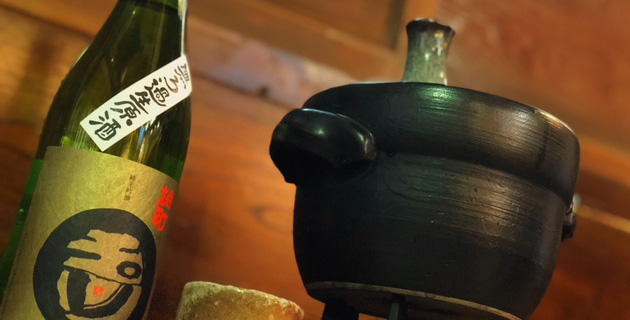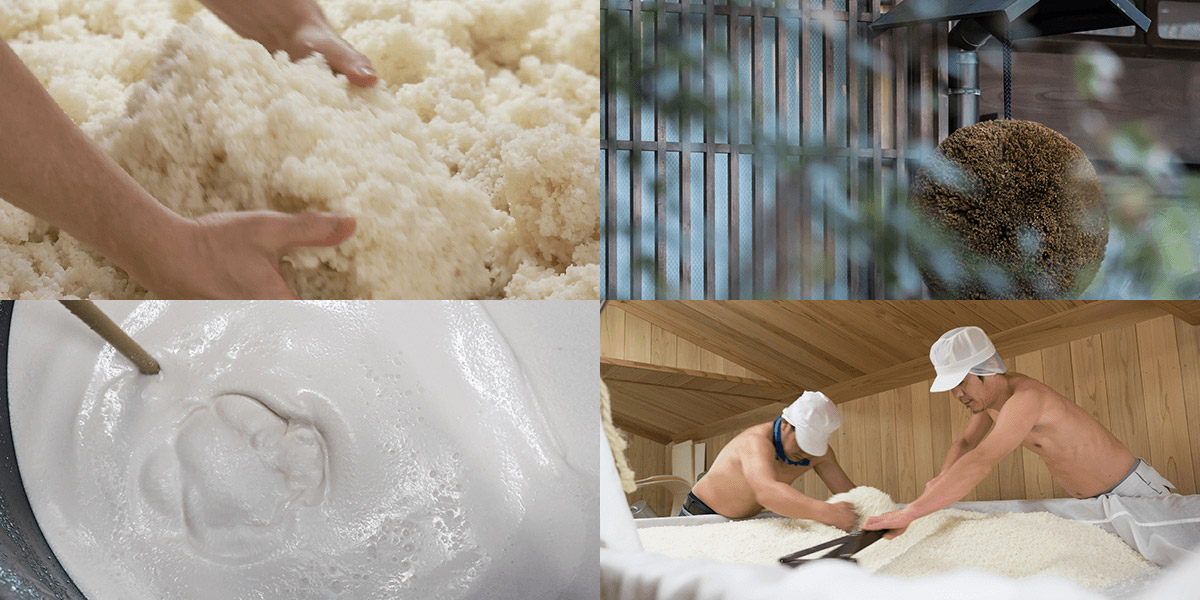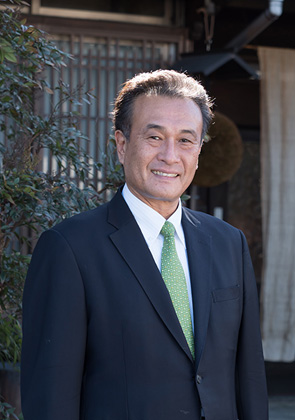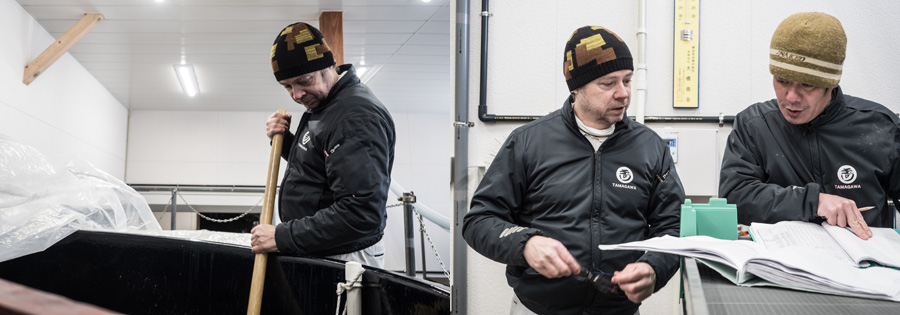Characteristics of Tamagawa sake
Tamagawa, the chameleon

Tamagawa, the indestructible
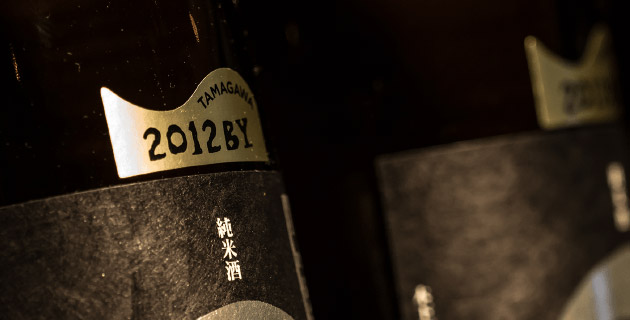
Tamagawa: food-friendly
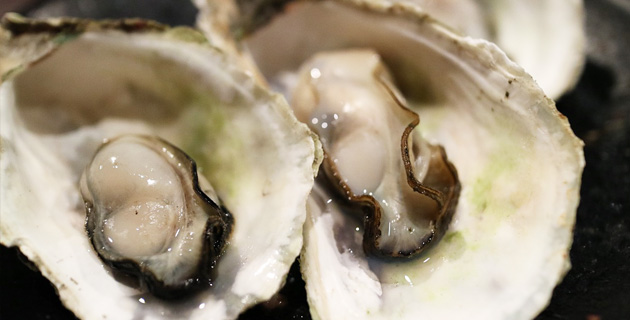
Tamagawa, the sake that grows on you
From this 3U starting point, we can then employ pasteurization, dilution and so on to create a tremendously broad variety of styles in the pasteurized products which form the majority of our year-round offerings. We let our sake take its time, too, and ageing is a key feature of our work.
From that starting point of freshly-pressed sake, we aim to express as broad a range of flavour potential as possible, and the fascinating developments only time can bring are a key ingredient in the Tamagawa mix.
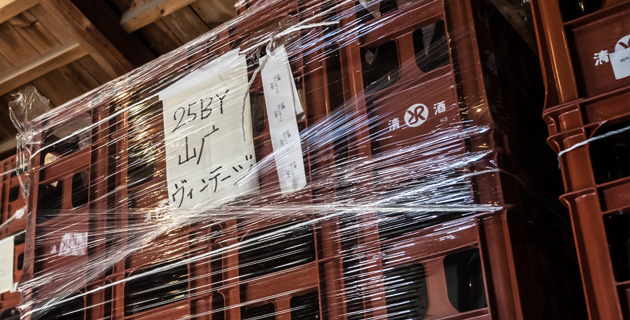
Tamagawa and serving temperatures:a new temperature means a new sake.
Tamagawa; a notch above.
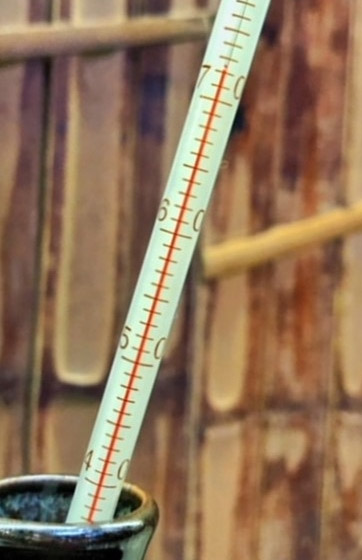
Heating sake; the standard rulebook and the Tamagawa version.
- Sake loses its flavour balance if heated too much.
- Sake that has once been heated doesn’t taste good after it has cooled down again.
- You shouldn’t heat unpasteurized sake.
- Ginjo (and particularly daiginjo) class sake should never be heated.
As regards the first two items, it is a fact that there is a lot of sake for which they are true. However, they don’t apply to pretty much any Tamagawa sake. Many sake drinkers seem to have the impression that making sake hot causes the flavours to roughen, giving a fierce, harsh drink. Again, there is sake for which this is true, but we find that, for Tamagawa sake, the opposite applies. When lightly warmed, much of our sake passes through a zone where it takes on a stiff, astringent character, which melts into softness only when it gets clearly hot.
Sake textbooks list 55℃(about 130F)as the upper range of desirable heating temperatures, but in the Tamagawa manual, this is only the entry level for heating sake. (Our sake, that is.) If you are going to warm Tamagawa sake, we recommend heating it way up, then enjoying the kaleidoscopic changes in flavour as it cools. So when we are heating Tamagawa up, we mainly avoid the orthodox ranges (30-50℃), and spend most of our time having fun above 70℃. Tamagawa kanzamashi (sake which has cooled back down after heating) offers a different set of flavours than that of the original, room-temperature sake, and we love them, too.
Temperatures for sake are a matter of personal preference, so there are no right or wrong answers, but it is worth knowing that the people who make Tamagawa drink it at all kinds of temperatures – on the rocks, cold, room temperature and very hot – but almost never just lightly warmed.
To return to the 3rd and 4th orthodoxies given above, well, they too are useful in handling some sakes in these styles, many of which drink fine when cold, but lose definition and balance towards room temperature. But Tamagawa sake in these groups, too, is widely enjoyed heated (as well as chilled in the conventional way). We urge you not to worry, try heating some stuff up, and have fun.
